Tom and I just finished recording our latest episode of ClimbSci (which you can listen to already on SoundCloud or your favorite podcast app!), and something I kept saying throughout the episode is “I wish I could draw this out for you”. Well, I didn’t have the capability in the episode, but I can provide some images after the fact.
In the episode itself (ClimbSci Episode 9, “The Ketogenic Diet”), Tom and I dig into the biochemistry of ketogenesis and ketosis; in fact, we take about an hour going over it. This article isn’t meant to replace that episode, especially since I’m not going to actually go into any of the “critical thinking” type questions that Tom and I go into after.
Instead, think of this as a companion guide—you’ll get more out of it if you also listen to the episode. I hope it helps!
Before We Begin: A Glance At Aerobic Metabolism
I’m not going to talk much about aerobic metabolism here (if you’re curious, you can read more here), but we do need to mention it because everything we’re about to discuss ties directly to it. Aerobic energy metabolism relies on a biochemical cycle called “the citric acid cycle” (which is also sometimes called the Krebs cycle or TCA cycle).
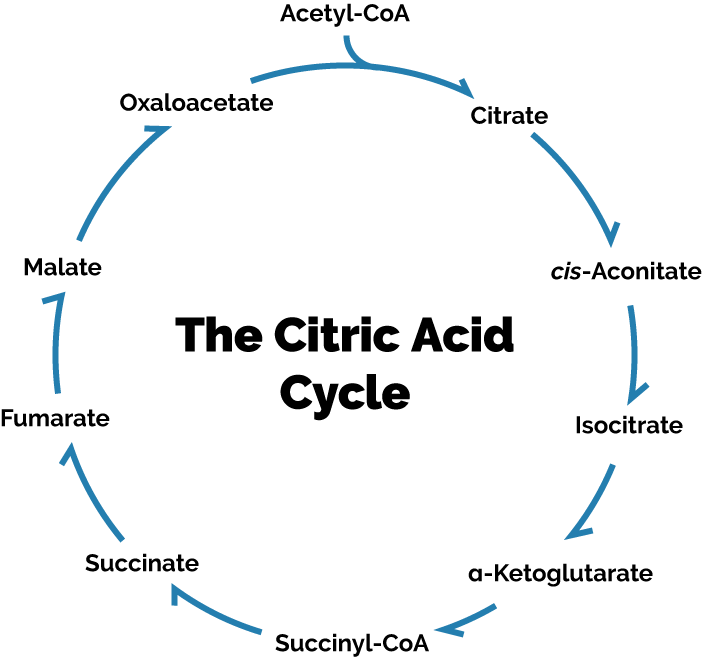
(This is a very much simplified version of the citric acid cycle, but it gets the job done as far as this article goes.)
At its most basic level, the citric acid cycle takes the input acetyl-CoA—which is derived from both carbohydrates and fats—and across a series of reactions removes the two carbons from the acetyl moiety and yields ATP. The cycle “begins” with citrate, which is formed when oxaloacetate combines with acetyl-CoA, and it “ends” with the formation of a new oxaloacetate molecule that can run through the cycle again.
(I put “begins” and “ends” in quotes because the cycle is, well, cyclical—it’s a circle. There’s no real beginning or end, and molecules can enter the cycle at different points depending on their structure.)
Aerobic metabolism produces the vast majority of our ATP. Even the anaerobic ATP we generate is really rooted in aerobic metabolism, because it’s more like we’re taking out a loan on energy (the anaerobic ATP production) that will ultimately be repaid when oxygen is available again.
Okay, with that out of the way, let’s look at the actual steps that lead to ketosis!
Actually, One Last Quick Aside
I use some images of metabolic pathways in this article to help make it clear what I’m talking about, but these pathways are simplified to show only the relevant bits. For example, some paths are reversible, some take inputs from elsewhere, and some have numerous other steps that I’ve elided. The images are accurate insofar as describing what is happening in ketosis, but don’t use them as a guide for a biochemistry test because there’s a lot missing.
Step 1: Oxaloacetate Depletion
You’ve decided to go on a ketogenic diet and have cut carbohydrates out completely. Your body doesn’t instantly enter ketosis, of course, but it will start the process very soon.
The first thing that happens is your blood glucose begins dipping. Our body doesn’t want that, and so the hormone glucagon is released to bring levels back to normal. With no dietary glucose coming in, it must turn to another source, and that source is oxaloacetate.

At first this isn’t a big deal, but since there’s no fresh glucose coming in to relieve oxaloacetate of its duty we eventually create a bottleneck where there isn’t enough oxaloacetate in our mitochondria to continue the normal turning of the citric acid cycle.
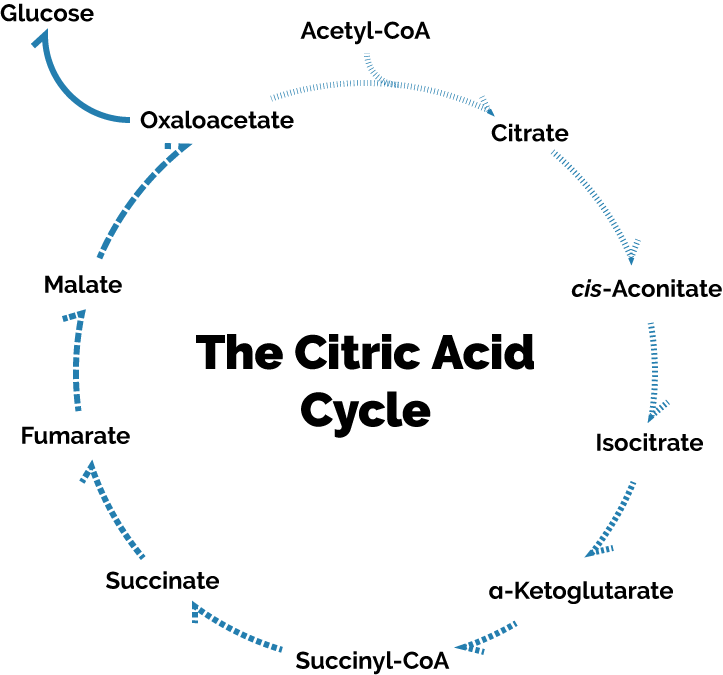
(The dashed lines mean to imply reduced reaction rates. The later you are in the cycle, the more potential inputs [like amino acids] there are and so we can expect more reactions. But that’s not really important to our understanding here, just know that oxaloacetate is not being cycled through as often.
This bottleneck between oxaloacetate and citrate—with acetyl-CoA stuck in the middle—leads us to our next step.
Step 2: Coenzyme A Depletion
Let’s take a step back from the citric acid cycle now and consider things from the other side. While oxaloacetate is busy not being a team player and getting converted to glucose instead, all the poor acetyl-CoAs are beginning to build up because they have nowhere else to go.
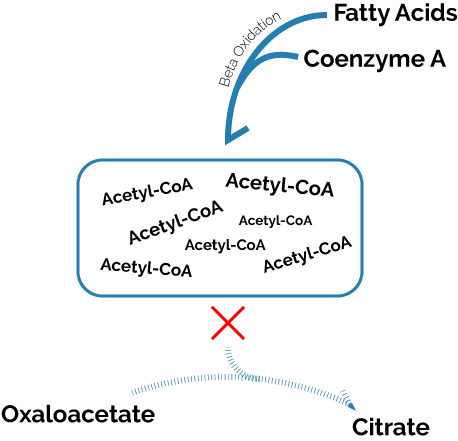
But that shouldn’t be a problem, right? Wrong. The problem is that as acetyl-CoA builds up, our levels of coenzyme-A—the “CoA” part of acetyl-CoA—begin to decline. Without free coenzyme A, our body cannot process fatty acids through beta oxidation.
Step 2b: Beta Oxidation Ramp Up
Okay, but why is our body worried about whether beta-oxidation is possible or not if it can’t even run those acetyl-CoA end-products through the citric acid cycle? The reason is that beta-oxidation yields a small amount of energy itself—not a lot, only about 25% of the total energy contained in a fatty acid (fat) molecule, but remember that without the citric acid cycle flowing as normal we’re in a desperate state for energy.
This means that not only is our body continuing to perform beta oxidation, it’ll actually ramp up beta oxidation in the short-term to try and meet our energy demands.
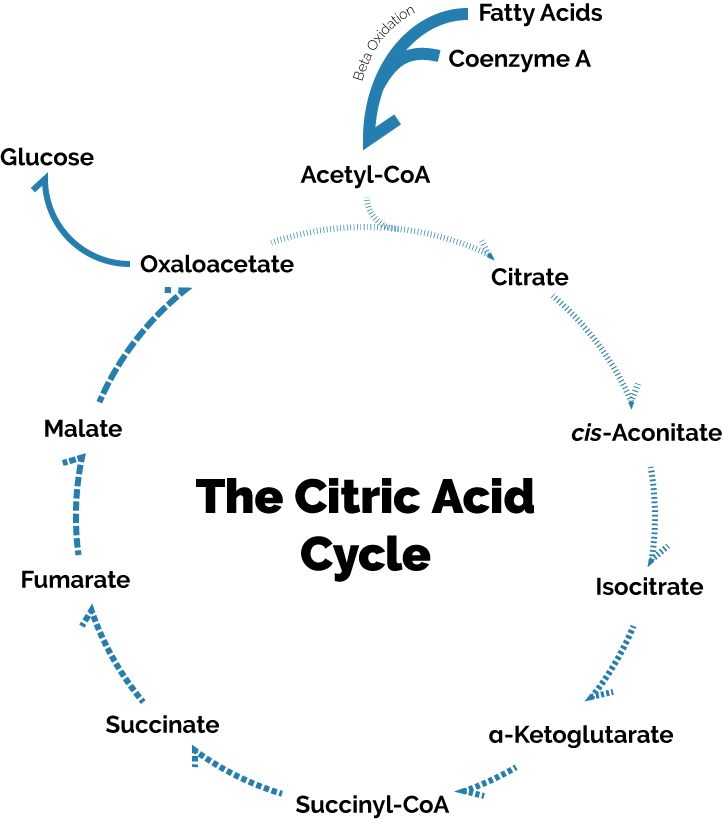
(As Ceschi tells us, this won’t last forever.)
Step 3: Ketogenesis
Coenzyme A depletion presents a tremendous problem to our body since it cuts off our last reliable source of energy production, beta oxidation. Instead of taking the stoic path and simply dying, though, our body has devised a clever workaround: ketogenesis.
In ketogenesis, we convert acetyl-CoA into ketones, which serve two purposes:
- They free up coenzyme A to allow continued beta oxidation (and therefore energy production).
- They’re water soluble and thus can travel around the body easily and—crucially—cross the blood-brain barrier.
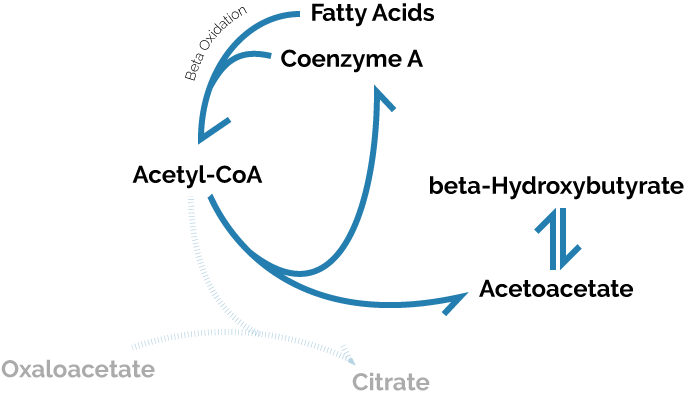
Thankfully, there’s no new bottlenecks formed at this point. We beta oxidize fats into molecules of acetyl-CoA, then convert acetyl-CoAs into ketones (first acetoacetate and then beta-hydroxybutyrate) to free up coenzyme A and continue beta oxidation.
There’s still a final step, though.
Step 4: Ketosis
Our low-carb diet is finally making ketones, but the question remains: what does our body do with those ketones? If you answered “use them for energy”, you get half a point because that’s only half right.
The problem is that while each ketone technically contains the same amount of energy as the acetyl-CoA molecule they were converted from, our body has no way to tap into that energy while its in ketone form. To actually get at that energy, we have to convert the ketones back into acetyl-CoA.
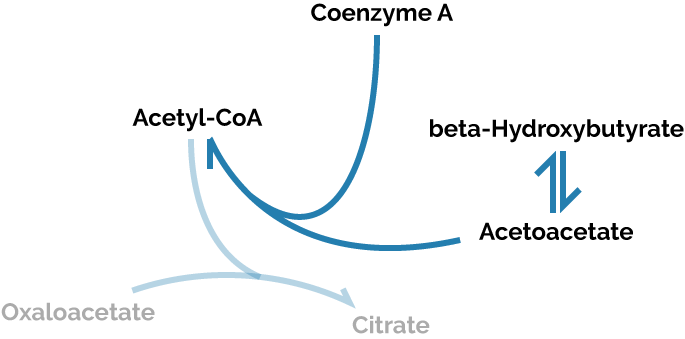
(Note that the (ghosted) lines leading from oxaloacetate and acetyl-CoA are no longer dashed—if our body is converting a ketone back into acetyl-CoA, it’s for the express purpose of running that acetyl-CoA through the citric acid cycle.)
Not only does this require the use of the very same coenzyme A we just created those ketones to free up, but we still have to run that acetyl-CoA through the citric acid cycle (which still has the oxaloacetate problem).
The full-points answer, then, is that our body mostly uses ketones as a storage solution, similar to how our body uses lactate in glycolysis. This is also why we end up in ketosis: if our body could efficiently use ketones for energy, blood levels wouldn’t increase.
The Big Picture
Everything we’ve discussed above is of the greatest importance in the early development of ketosis, and while the same reactions will occur through the length of ketosis if it goes on for an extended period of time, a lot of other changes will occur as well to ensure we can continue to cycle acetyl-CoA through the citric acid cycle—because if we couldn’t, we would die; we simply cannot produce enough energy long-term without normal aerobic respiration.
The major change will be down-regulation of glucose-dependent metabolic pathways and up-regulation of fat-dependent pathways. This allows blood glucose to stay stable, reducing the demand on oxaloacetate and allowing more to stay in the citric acid cycle. We never reach a point where blood glucose isn’t important, we only reduce our reliance on it (and therefore use of it).
Of course, if you consume many carbohydrates, you’ll leave ketosis pretty damn quick as your body first reconverts some glucose into oxaloacetate and then all those ketones in your blood back into acetyl-CoA to take advantage of the citric acid cycle.
Here’s the big picture, then:
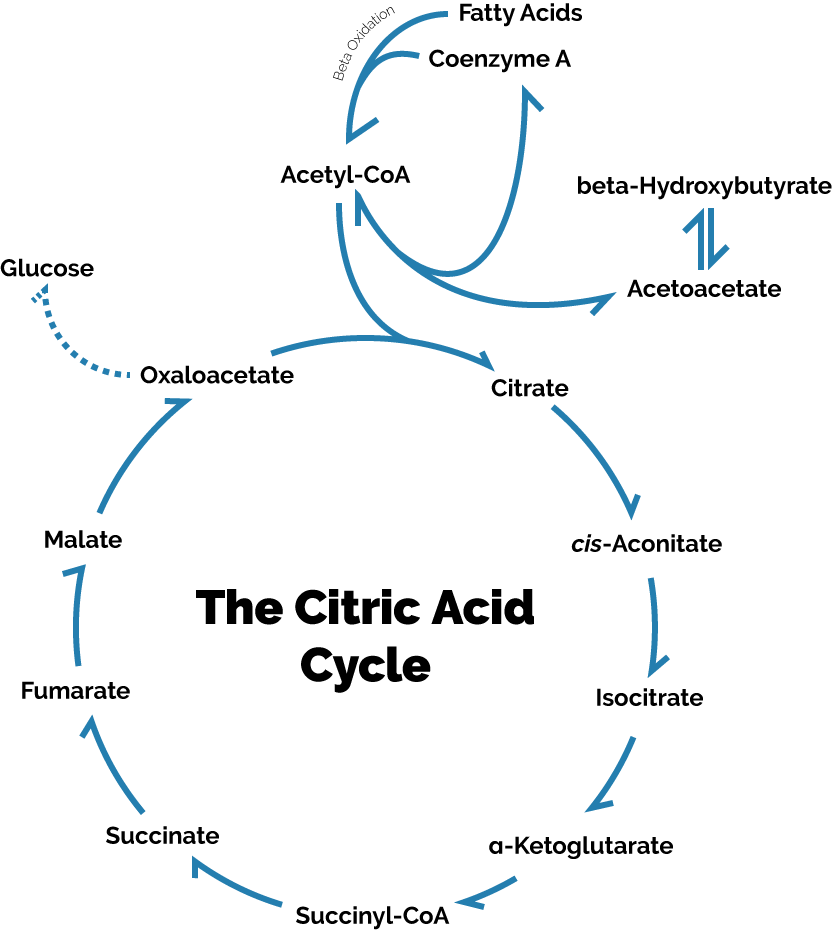
As long as you’re in ketosis, you’re in a delicate dance between producing ketones and using them. The ketones themselves are only really storage molecules, which means they can’t really do much—but if you want to hear more about that, you’ll have to check out the ClimbSci episode this article was written for!
Still confused? Ask me questions and I’ll answer them here in the comments or in a future Q&A Episode of ClimbSci with Tom!
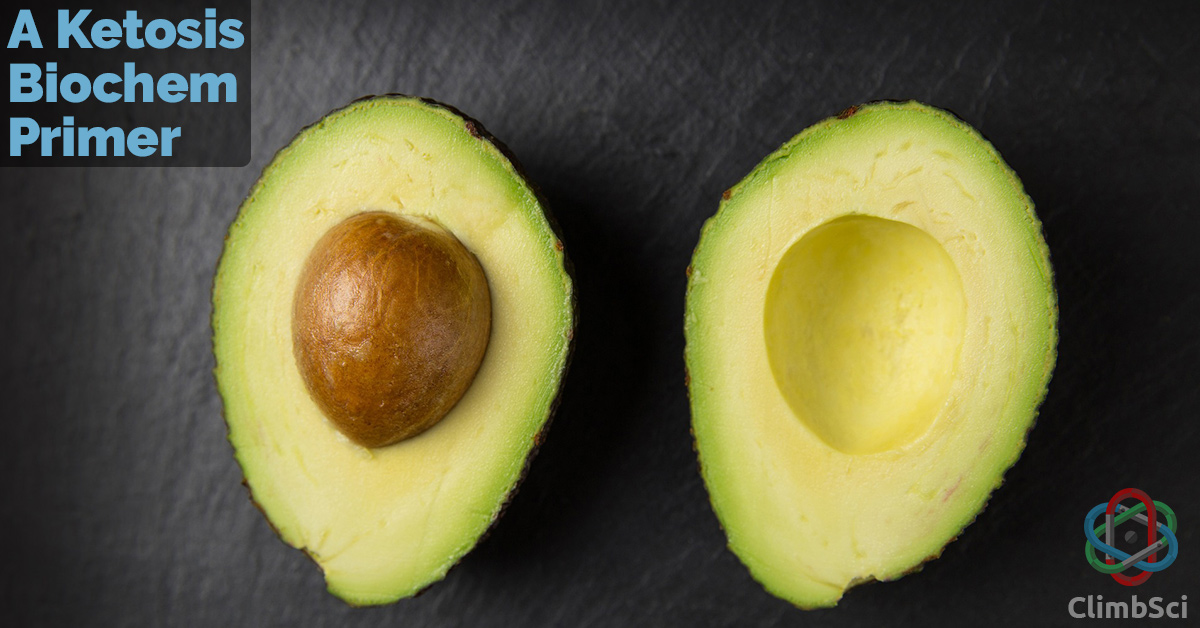

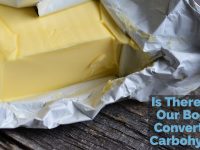

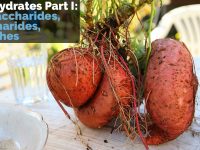
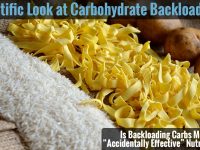

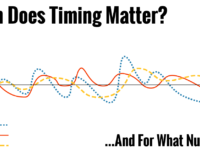







I take a oxaloacetate supplement for PMS relief. I am currently doing a keto diet for weight loss. Will my oxaloacetate supplement hinder my weight loss or take me out of ketosis?